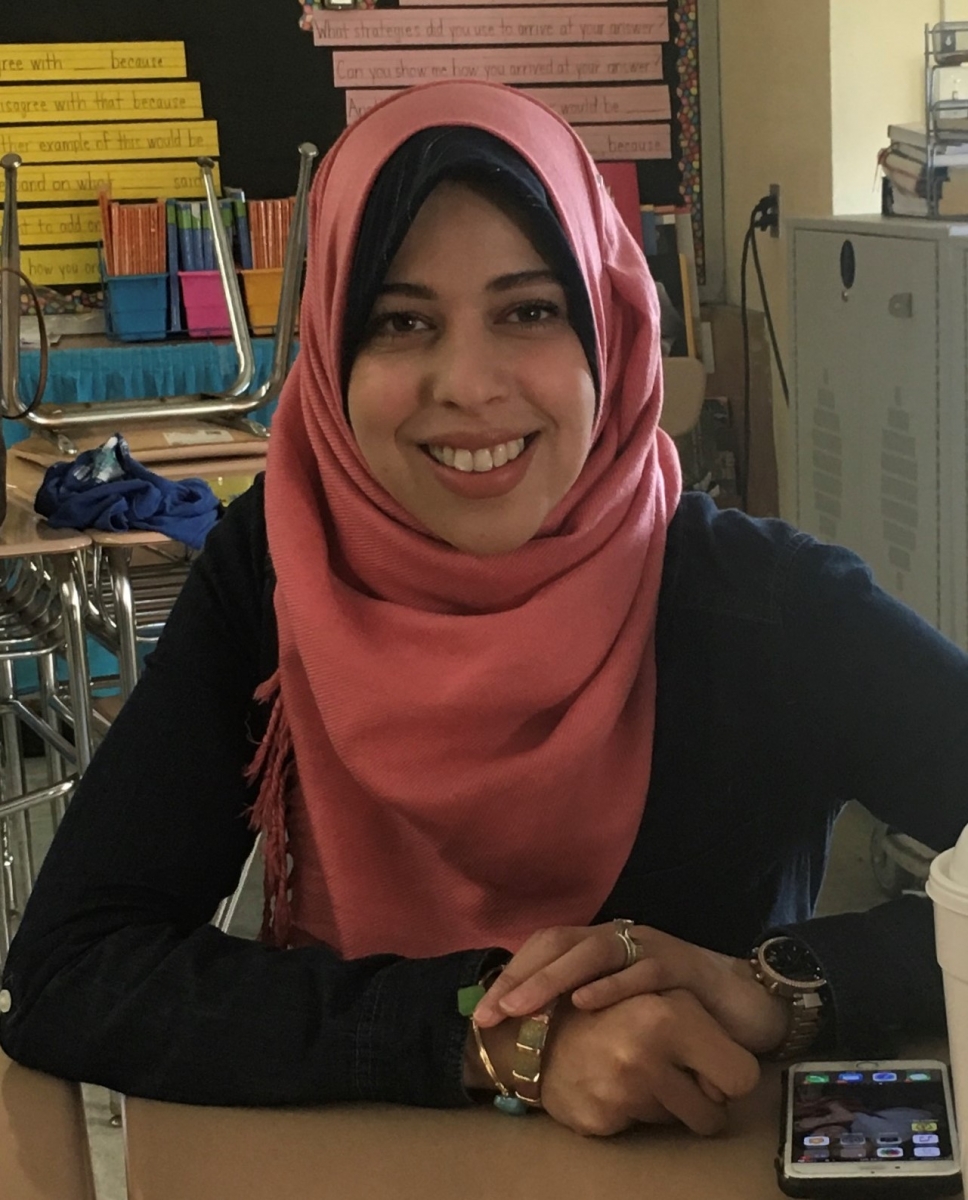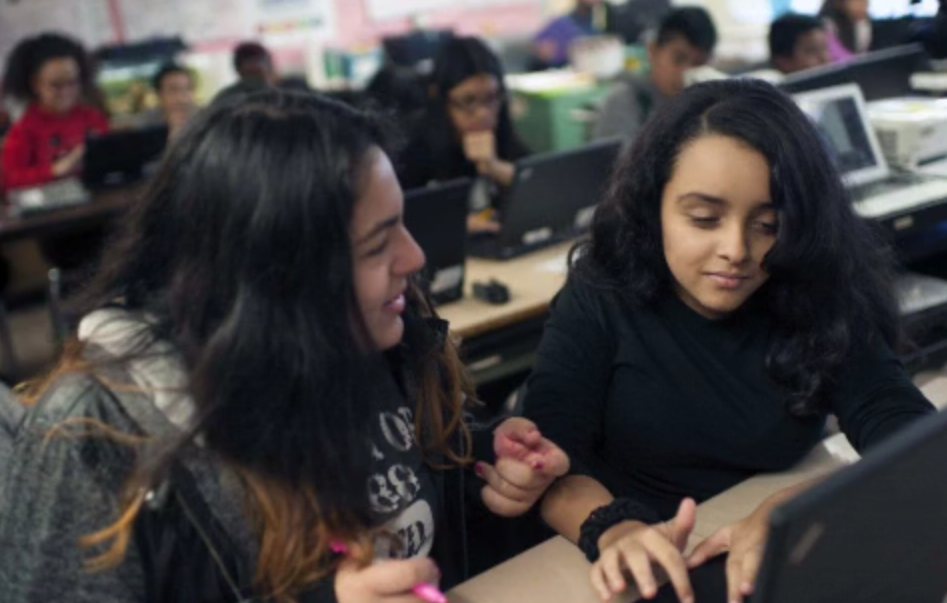Like its home city of Brooklyn, IS281 – Joseph B. Cavallaro School has a very diverse population. We serve large Asian American and Hispanic communities, and 20% of our middle schoolers are English language learners. To support these students, we recently started dual-language programs in Spanish and Mandarin. We also have a significant population of students with disabilities. As a school whose identified instructional focus is argumentative writing, we are always looking for ways to promote literacy for all our students. Here are some key best practices and tools that have worked for us.
Leading by Example
One way the school is supporting its focus on argumentative writing is by appointing me as a cross-curricular literacy coach. I have been teaching ELA for 15 years, and my new position, which I started this fall, is an extension of that work. I am still teaching, so that I keep experiencing the day-to-day, real issues that our students have. In my role as literary coach, though, I am expanding my scope beyond ELA. I have put together an interdisciplinary literacy map, and I will be providing professional development not only to ELA teachers, but to science and social studies teachers as well, helping them select content that aligns with what they are teaching with a stronger emphasis on literacy, and encouraging them to create interdisciplinary projects.
Based on my experience as a teacher leader, I know that it doesn’t always work to mandate specific teaching practices, so instead I have opened up my classroom as a model for other teachers. I present what has worked for me in a manner that says, “This can be useful,” and then facilitate and support teachers who want to go outside the box. For example, I don’t require teachers to come up with a certain number of interdisciplinary projects, but I am always ready to provide the resources for that type of work and to amplify successful teachers by having them open up their classrooms as examples to their colleagues.
Digital Tools Give Teachers Time to Innovate—and Differentiate
For teachers trying something new, the biggest challenge has always been time. If teachers have ready-made resources and tools available to them, though, they’re more likely to try new things with their instruction. In fact, providing time for teachers to try new things was one of the 11 Tips to Achieving Digital Equity covered by the Learning Counsel in a recent paper they published, which included the advice: “Allow for digital access to take root by giving teachers time to learn to use digital courseware, systems and develop learning objects into lesson plans. Professional Development Training is nice, but it’s increasingly important to mandate or at least provide device and software ‘play time.’ Figuring out how to use digital content can be complex, and modern software should help by building these tools into the navigation.”
To integrate current events into our literacy curriculum, we use Newsela, but our broader content resource is ThinkCERCA, which we are rolling out schoolwide this year. We started using the platform with our 7th-graders last year, not long after I was inspired by a classroom visit from a science teacher.
She pointed out that my ELA class was reading texts about hurricanes a few months before her science class would be discussing them. With the support of our Principal Maria Bender, we shifted the timing so that the two classes would be reading about hurricanes at the same time, and started looking for other ways to make cross-curricular connections. With ThinkCERCA, we have a way to not only align different subjects with our literacy goals, but also to differentiate the work depending on their grade level.
Because of time and resource constraints, differentiating used to be daunting, and many teachers taught to the middle instead. With the tools we have now, they can quickly offer scaffolding to ELL students—not by modifying the text but by amplifying it instead. For example, they can translate key words and phrases in the margin or add pictures or other aids to offer context. The aim is to help struggling readers rise to the level of the text. Our approach is yielding results: During a recent conference, Principal Bender informed me that the 7th-grade students who were the first to use ThinkCERCA had shown significant gains on both the NYS ELA exam and the NYSELAT.
Developing a Common Language About Writing
While ThinkCERCA has helped us make more connections from one subject to another by viewing reading content through different disciplines, it has also been useful in developing a common, consistent language for our teachers to use when they’re talking to their students about writing. We used to have an alphabet soup of acronyms that different teachers used, but this year we have agreed on CER (claim, evidence, reasoning).
This common language also guides our literacy assessments. Teachers start the year with benchmark assessments to see where students are without prompting them. As they progress through the year, teachers use ThinkCERCA rubrics and individual student trackers that are specific to each part of the writing process, pinpointing exactly where students need additional support. For assessments, we break down argumentative writing into the full CERCA acronym:
- Claim
- Evidence
- Reason
- Counterargument
- Audience
This adds the concepts of counterargument and audience, and examining each of the five elements helps teachers individualize support and divide students into groups based on which specific area they’re struggling with.
As a teacher, I know that moving to an interdisciplinary mindset can be a challenge. As a literacy coach, I believe that the tools and systems we have in place will help me and everyone else in our classrooms be better teachers, because we will have more time to collaborate, observe other teachers, learn new best practices, and engage in more PD.

Fatema Mohassib is the literacy coach at IS281 – Joseph B. Cavallaro School in Brooklyn, NY.











